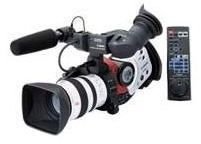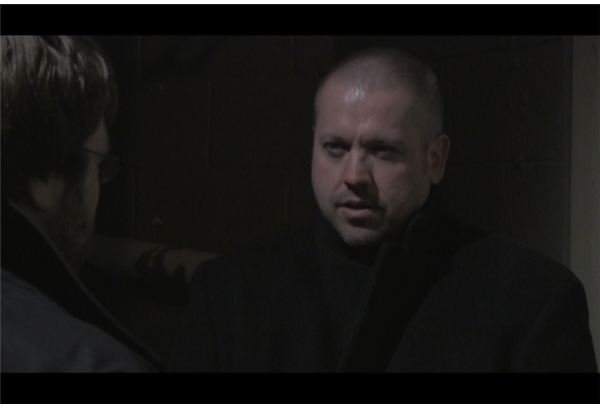Canon XL1 Review: Looking at the Popular Budget-Friendly Video Camera
Features (4 out of 5)
Upon first inspection, the Canon XL1 looks to be a top of the line video camera for those looking for quality at an affordable price range. The camera comes seemingly stacked at its $4,000 price range, offering many of the same features of pricier models at a fraction of the cost.
When working on the Canon XL1 review, many features were tested and all passed as solid inclusions, specifically for the price. The white balancing is a one-touch system on the Canon XL1 that makes getting a quality picture easy. When pointed at a solid white object, such as a poster board, you only need hold one button and it will detect the perfect white levels for your shot.
Another solid feature for the Canon XL1 is the Stabilization mode. With just the flip of the switch, the camera offsets slight movements in hand held scenes with a quality stabilization technique.
The camera also offers a simple way to set F-stops and shutter speeds, all within reach of your finger tips while setting up your shots. A dial is used to set up the shutter speed and with the flick of the switch, you can adjust the F-stop speed as well. The camera makes all these features easy to use and make the camera a solid tool for a beginning filmmaker.
However, for more experienced filmmakers, there are better choices. Today, many cheaper options are available that trump the Canon XL1 in quality.
Canon XL1

Performance (4 out of 5)
The Canon XL1 is a standard definition video camera. There are a number of cameras available in high definition for a fraction of the price of the Canon XL1 but the choice of which one a filmmaker needs is determined by what he wants in a camera.
While a cheaper HD Canon camera can run under $1,000, the camera will not have the features of the Canon XL1. While these smaller cameras will also offer the white balancing and ability to alter the shutter speeds, they are not as detailed and nowhere near as easy to change as the features on the Canon XL1.
It is also important to understand that while you can get a better quality picture with an HD camera, properly lit standard definition video can look just as good as anything shot on HD.
Sample images comparing Canon XL1 to a Canon HD camera


Design (4 out of 5)
The biggest downfall to the Canon XL1 is the fact that it comes standard with a 16X zoom lens, which is also full frame and not widescreen. When a filmmaker is looking to market a finished film to a festival, not having made the movie in widescreen is a big downfall. The camera body can be purchased by itself and lenses bought separately but the lenses range anywhere from $700 up to $1,100 and are only offered in 3X zoom with the lack of the stabilization features.
Another problem for some filmmakers is the large size of the camera, making certain shots difficult to obtain. I do not have a problem with the size of the camera as it makes it easier to control.
There is an onboard microphone but, even with the windscreen, it is not a viable option for anyone wanting the best in sound quality. There are ports on the back of the camera to hook up a shotgun or lapel microphones and the tools to control the sound levels are also quite easy to find and use.
There are a number of lens filters available for the Canon XL1 at a reasonable price that increases the picture quality as well.
Price to Value (3 out of 5)
The value of the Canon XL1 is based on the skill and quality of the filmmaker using it. The camera offers a lot of features that make it a great value for anyone wanting to shoot good quality video. However, a solid knowledge of lighting techniques as well as a strong knowledge of shutter speeds and lens control is imperative in making the video look as good as it can look.
It is also important to understand that the full camera is not the best choice for someone wanting to create quality films. The standard definition full frame lens should be avoided and, if possible, only the camera body should be purchased. A widescreen lens is also available, making your video look better and giving you more opportunity for success. Also, avoid the onboard microphone and stick with a separate tool when recording your audio.
The Canon XL1 is a great tool for independent filmmakers but needs to be tweaked to make it perform at the maximum potential for the consumer.